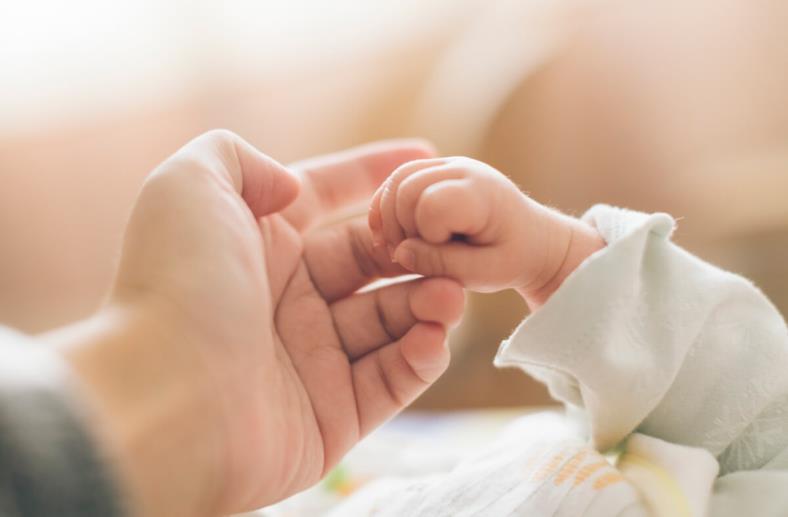Close to 4% of the Australian population is out of pregnancies from donor eggs. The donor egg process resolves childlessness arising from various circumstances. It is a gift for childless individuals and couples from donors who choose to participate in the egg donor process. In Australia, the process follows regulations and supports In Vitro Fertilisation.
Participants in the Egg Donor Process
Donor egg donation is the female version of sperm donation done by males. The prospective recipients include women with defective reproductive systems that make it impossible to produce any viable ovaries. Sometimes, same-gender couples seek egg donor services to have a family.
According to Australian requirements for egg donors, their age should range between 21 and 35 years. Older donors can participate in the donor process when donating to a family member or friend. They undergo strict medical screening to rule out medical and genetic disorders transmittable to the embryo. Donors provide their personal information to the fertility, which conducts a background check on them.
The egg donor process should take place in an approved fertility clinic. They should have qualified and licensed medical staff for the procedures. The fertility clinic should have the necessary medical laboratories and resources required for the harvesting, storage, fertilisation, and implanting of eggs and embryos.
The fertility centre should educate the donor and the prospective recipients about the donor egg process. Fertility centres hold counselling sessions for education. It ensures the donor understands the implications and concerns of being a donor.
The donor signs a consent form that allows the disclosure of identifying information to the children born from the donor egg process. Partners of the donor also sign a form that they consent to the donation.
The egg donor remains anonymous to the receiver except for donating to a close relation or friend. Egg donation is a selfless act, and donors receive no payment. The person receiving the egg covers the treatment costs and any out-of-pocket expenses incurred by the donor.
Medical Procedures in the Donor Egg Process
The donor egg process progresses with blood tests and genetic screening of the donor. If the tests give a clean bill of health, the facility matches the prospective donor with a recipient. In the matching process, the clinic reveals the non-identifying characteristics of the donor to the woman in need of the egg.
The donor undergoes hormonal simulation to facilitate egg collection. The simulation aids in synchronising the donor’s cycle with the receiver’s. The donor, upon request, can also receive non-identifying details of the receiver of the egg and the gender and number of any children born.
After successfully harvesting the viable egg, the fertility clinic completes the process of in vitro fertilisation. Sometimes, the embryo may not survive the blastocyst stage. The recipient may apply for another cycle.
However, the heavily regulated Australian fertility sphere does not allow the donation of surplus eggs. Often, there is a long waiting list of women wishing to receive donor eggs. Some women opt to look outside Australia for donors in less regulated countries.
Some of those countries enable donors to receive payments for donating. In the end, the donor egg process is a great relief for women and couples desperate to have a family but suffer infertility problems.
Conclusion
Many families have been created, and many couples have experienced the joy and blessing of parenthood, thanks to the miracle of the donor egg process. The process may not always promise a baby. Still, it is a ray of hope, and it significantly improves the success of fertility treatments. It is a process that provides a support system for the donors, the recipients, and their partners, and the children born out of the donor egg process.





